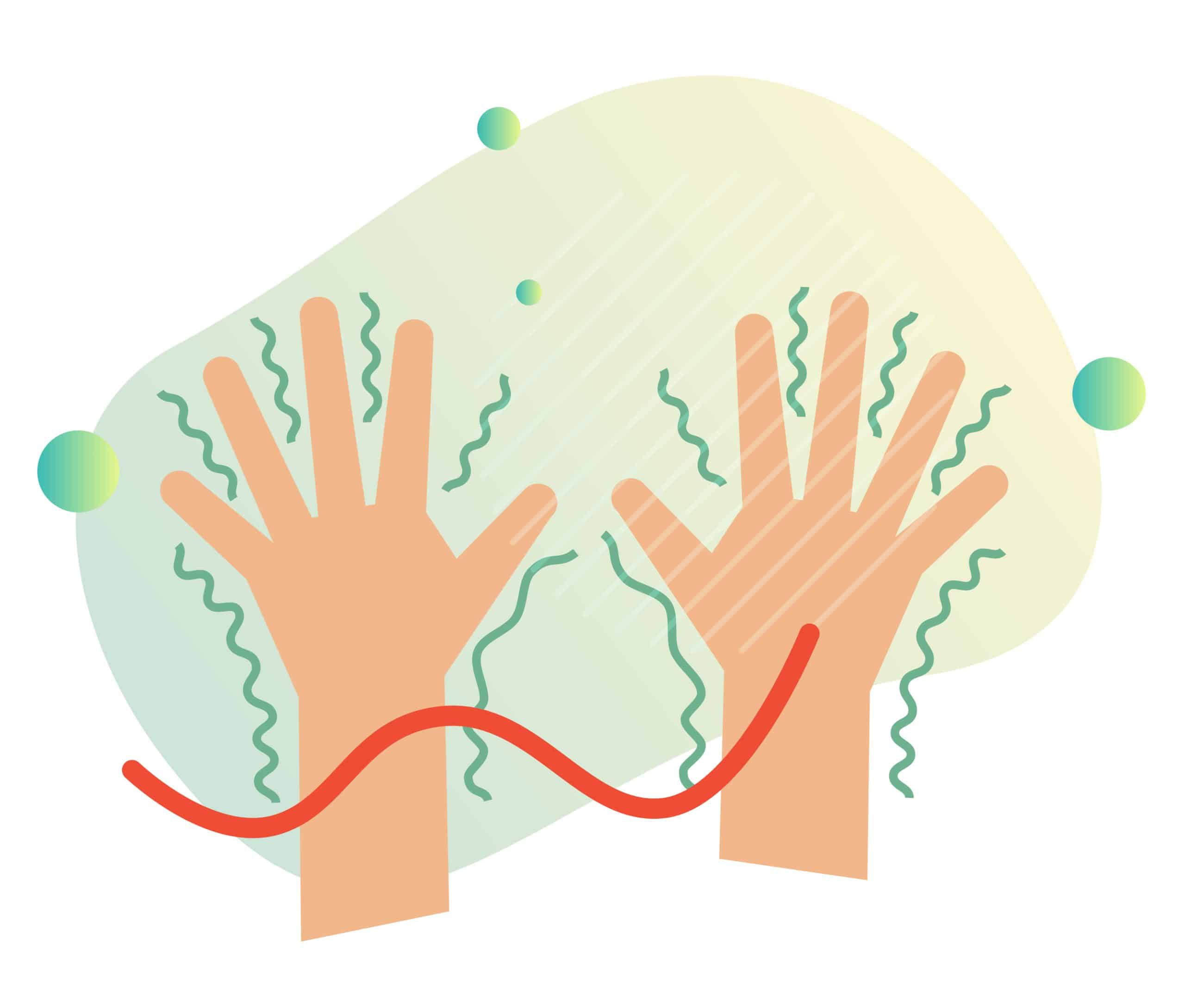Parkinson’s disease is a progressive neurodegenerative disease that is most commonly known for affecting movement. It primarily impacts dopaminergic, or dopamine-producing, neurons in a specific area of the brain known as the substantia nigra.
Typically, symptoms develop slowly over years and continue to worsen as the disease progresses. While the manifestation of symptoms tends to vary from patient to patient, individuals with Parkinson’s disease will likely experience a combination of cognitive impairments (how they think) and functional impairments (how they move) throughout the disease course.
Below, we provide a list of the most common signs of Parkinson’s disease, including both motor and non-motor symptoms.
Signs of Parkinson’s Disease
When most people think of Parkinson’s disease, they think of symptoms like tremors and changes in gait. While Parkinson’s disease is most known for causing motor symptoms, it can also cause non-motor symptoms, such as cognitive dysfunction and autonomic dysfunction.
Motor-Related Signs of Parkinson’s Disease
- Resting tremor: A tremor, or slight shaking, of the hand, fingers, or chin while at rest is a very common sign of Parkinson’s disease. Some individuals with Parkinson’s will rub their thumb and forefinger back and forth; this is known as a pill-rolling tremor.
- Bradykinesia (slowed movement): As the disease progresses, movement can become slow, making simple activities challenging and time-consuming. This can include a reduction in automatic movements (such as swinging the arms when walking or blinking), a general slowness in physical actions, or a mask-like facial expression (decreased expression on the face).
- Rigidity: Alongside resting tremor and bradykinesia, stiffness and rigidity in the muscles of the limbs are some of the most common symptoms of Parkinson’s disease. Bradykinesia and rigidity often contribute to more frequent falls.
- Changes in posture, balance, or gait: Gait is a person’s pattern of walking. Bradykinesia and unstable posture can both contribute to difficulties with walking, particularly as the disease progresses. When walking, steps can become small, the patient’s feet may drag, or they may walk with a shuffle.
- Changes in speech: Patients with Parkinson’s disease often experience changes in speech, including soft or faint speaking volume, changes in speaking speed, slurring of words, or monotone speech.
- Changes in writing: Particularly in the later stages, writing can become challenging. Handwriting may become small or cramped.
Non-Motor-Related Signs of Parkinson’s Disease
- Changes in cognitive function: Changes in cognitive functions, such as memory and thinking, can vary widely, ranging from minor difficulties with concentrating or multitasking to more significant changes that interfere with the ability to complete normal day-to-day activities and tasks (Activities of Daily Living).
- Loss of automatic functions: Parkinson’s disease often affects automatic/involuntary functions performed by the body. This can cause constipation, urination problems, excessive sweating, low blood pressure, and sexual problems.
- Anxiety and depression: Mood disturbances, such as depression and anxiety, are common in Parkinson’s disease, particularly in the very early stages.
- Reduced sense of smell: Loss or reduction of smell (anosmia) is one of the earliest reported symptoms and is quite common in Parkinson’s disease, with up to 95% of Parkinson’s patients experiencing it to some degree.
- Dizziness or fainting: Feeling lightheaded or dizzy upon standing due to orthostatic hypertension is a common symptom of Parkinson’s disease and is caused by a dip in blood pressure.
- Sleeping troubles: Sleep and brain health are closely linked. Sleeping issues are common in neurodegenerative diseases and can occur very early in the disease course. Patients may have difficulty falling asleep or staying asleep, thrash around while sleeping, experience daytime sleepiness, or have very vivid dreams.
Altoida’s mission is to accelerate and improve drug development, neurological disease research, and patient care. To learn more about our precision-neurology platform and app-based medical device, contact us!
Contact Us
